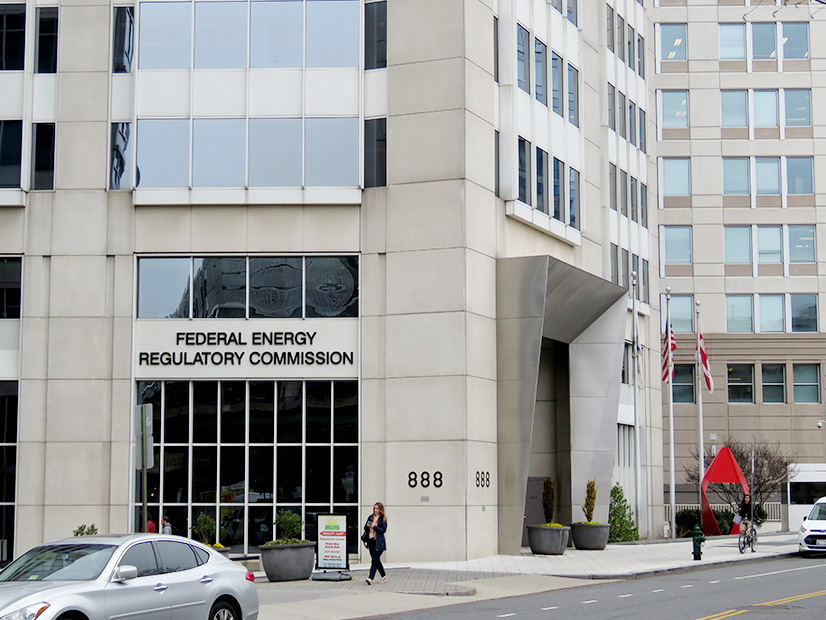FERC on Friday approved Duke Energy’s (NYSE:DUK) settlement with two co-ops to reflect lower corporate tax rates from the Tax Cuts and Jobs Act of 2017 enacted under former president Donald Trump (ER23-1206).
FERC Order 864 required utilities to reflect the cut in the federal corporate income tax from 35% to 21% in their formula rates, specifically their accumulated deferred income tax (ADIT). ADIT is meant to account for the timing differences between filing taxes with the IRS and the method of computing them for regulatory and ratemaking processes.
The lower federal taxes meant that some of utilities’ ADIT collected from consumers was no longer due to the IRS. Order 864 was meant to ensure that ratepayers were made whole for those over-collections and that going forward utilities would have to reflect tax changes in their rates in a transparent manner.
Duke made its initial compliance filings for Duke Energy Carolinas, Duke Energy Progress and Duke Energy Florida in 2020, as required, but FERC sent it back for some additional clarifications. (See FERC Directs More Clarity in Order 864 Filings.)
The utility filed changes, but a limited protest came from two of its wholesale customers: North Carolina Electric Membership and Central Electric Power Cooperative.
The two customers said that Duke proposed changes that were not required by FERC’s initial order. Duke’s filing would have changed how it calculated “average rate assumption method” (ARAM) rates, using the “best available data” instead of calculating them in the fourth quarter of the previous year.
They argued that the changes were ambiguous and would let Duke base its calculation on a period other than the fourth quarter of the previous year, which could lead to a mismatch in how ARAM and ADIT rates are calculated. Neither the customers nor FERC had a chance to fully vet the proposal, they said.
Duke asked FERC to hold the proceeding in abeyance so it could negotiate with the co-ops and came to a deal with them before submitting the compliance filing approved Friday.
The firm is proposing revisions to each utility’s formula rate to clarify that the ARAM rate used for the amortization of excess deferred income tax from the tax cut will be the “ARAM rate based on the last filed final federal corporate income tax return, after all permitted federal extensions” as of the date of posting the annual update.
FERC found that Duke’s proposal complies with Order 864 and addresses the co-ops’ concerns, making their protest moot.
The commission accepted Duke’s proposal to return excessive ADIT to customers — or collect shortfalls from them — effective June 1, 2020. The commission said the utility had held customers harmless for the new tax rates in its 2018 and 2019 annual updates. FERC agreed that the June 2020 date would not adversely impact customers.



